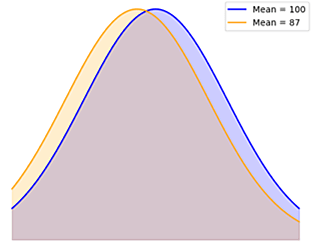Neal McCluskey

Parents have a right to opt their children out of readings in public schools that violate parents’ religious beliefs. So argued the Supreme Court today in a case that typifies a fundamental problem with public schooling: forcing people with diverse values to fund a single system of government schools inherently leads to either imposition or avoidance of material some people want and others do not. It inherently breeds inequality and conflict.
The decision was correct, as far as it goes: Public schools should not be able to impose values on children contrary to their parents’ religious beliefs, and that happened in this case. But opt-outs are not sufficient to solve the problem.
We have tracked Mahmoud v. Taylor since its inception because it is a values-based public schooling conflict and, hence, is on our Public Schooling Battle Map interactive database. The basic facts are that the Montgomery County, MD, school district implemented a program of LGBTQ+-inclusive readings for children in grades K through 5, from which many religious families sought to remove their children. After initially allowing opt-outs, the district changed the policy because it felt accommodating all of the requests was too disruptive. Several religious families sued on the grounds that the requirement violated their free exercise of religion.
As the court majority establishes with several quotes from officials, the district was trying to impose values on students, not simply expose them to the reality of a diverse world. That said, the majority wrote that even if the intent was just exposure, it would not be sufficient justification to violate parents’ religious free exercise. On the flip side, the dissent is right that it is at least theoretically possible that if parents start to demand to opt their children out of anything they dislike, running a public school will become very difficult, requiring teachers to create numerous alternative lessons. That, or many children will spend time doing nothing while other students receive the appointed lessons.
Then there is the insufficiency of opting out to obtain full equality for all groups. While religious families can keep their children out of lessons that are at odds with their religion, what if they want education that is affirmatively consistent with their beliefs? Opting out does not give them that; it just protects their kids from government imposition of values they oppose.
As long as there is public funding of education, the only full answer to the question of how to educate everyone in a diverse society without government bias is to attach funding in some way to students—through vouchers, tax credits, education savings accounts—and let all families choose the education they think is best. While not calling for funds following kids, today’s ruling notes that it is not sufficient to just say parents are welcome to choose something else if public schools violate their religious beliefs. That requires giving up a benefit for which one has already paid.
School choice avoids that penalty, and does so not just for religion. It allows anyone to choose education consistent with their values, whatever those might be. That is most consistent with freedom and equality under the law.
Today, the Court declared that the government cannot impose values on children at odds with their parents’ religious beliefs. That is good, but not enough.























